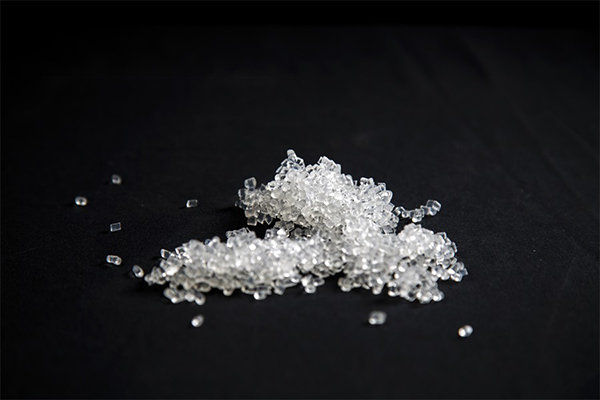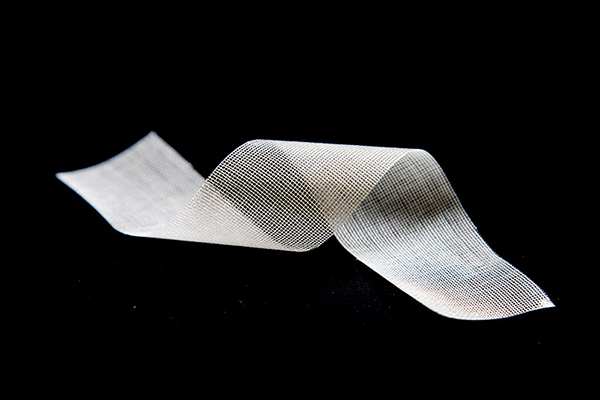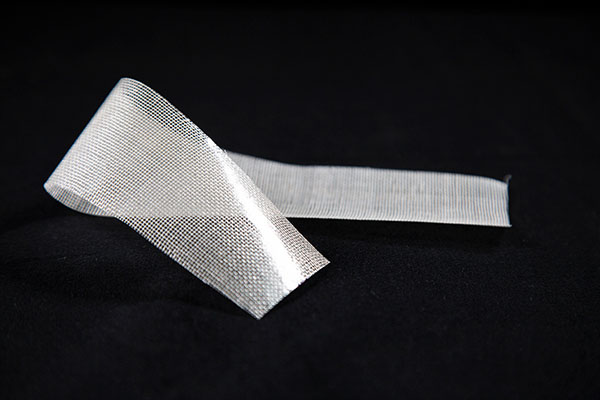🔥 Still Using Asbestos Diaphragms? Your Alkaline Electrolyzer Might Be Bleeding Money
Why the “cheaper” option could be secretly draining your profits—and what to do instead.
💸 The Real Cost of Old-School Diaphragms
Still using asbestos diaphragms in your alkaline electrolyzer system? At first glance, they look affordable—but under the hood, they might be stealing your electricity budget and raising your maintenance costs.
Here’s what’s really happening behind the scenes:
1. Voltage Creep = Energy Waste
Asbestos diaphragms gradually increase system voltage. Each year, your cell voltage may rise by +0.15V, due to blocked pores from MgO and SiO₂ dissolving in KOH.
📊 Example (10MW alkaline electrolyzer):
Year 1: +0.15V = $250,000/year extra electricity
Year 3: +0.30V = $480,000/year loss
That’s a hidden “energy vampire” draining your plant every single day.
2. Purity Risks: 99.5% ≠ Safe
You might think 99.5% H₂ purity is acceptable. But actual test results show 2.1% hydrogen in oxygen streams using asbestos diaphragms—dangerously close to explosive levels.
Meanwhile, advanced PEM electrolysis membranes achieve <0.5% crossover.
🚨 A Canadian plant had to add nitrogen flushing, increasing operational cost by 18% just to stay safe.
3. The Myth of “Low Cost”
Let’s look at 3-year total cost comparison:
| Cost Item | Asbestos Diaphragm | Protonex Ion Membrane |
|---|---|---|
| Initial Price (/m²) | $27 | $92 |
| Replacement Cycle | 18 months | 5+ years |
| 3-Year Total Cost | $210/m² | $112/m² |
Despite the lower upfront price, asbestos actually costs more in the long run.
4. Why Switch to Ion Exchange Membranes?
Modern ion exchange membranes work in both alkaline electrolyzer and PEM electrolysis systems. You’ll get:
✅ Stable voltage (±0.02V/year)
✅ Ultra-high purity (99.99%)
✅ Over 25,000 hours lifespan
✅ Easy replacement—no system redesign required
🧪 Real-World Success Story
“We replaced asbestos with Protonex PXEL-260.
Voltage dropped from 2.1V to 1.82V overnight.
It felt like free energy.”
— Lead Engineer, PEM Electrolysis Plant




